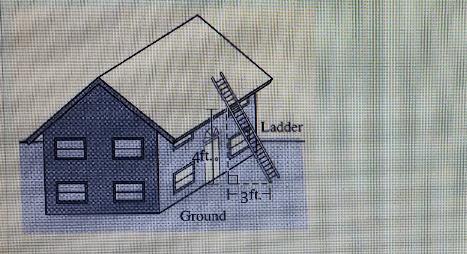How High Should the Roof Ground Be at a Minimum?
In the quest to design or renovate buildings, one critical question often surfaces: "How high should the roof ground be at a minimum?" The answer to this query hinges on various factors including building codes, the intended use of the space, environmental conditions, and architectural design. Let's delve into the specifics to provide a clear, fact-based guideline for professionals and enthusiasts alike.

Understanding Building Codes and Standards
Building codes serve as the foundation for determining the minimum height of a roof ground. In the United States, the International Building Code (IBC) and local regulations play pivotal roles. Typically, for residential buildings, the IBC stipulates a minimum height of 7 feet (about 213 cm) for living spaces, which includes attics if they are meant for living purposes. For commercial buildings, the standard minimum height can jump to 7 feet 6 inches (about 229 cm), depending on the use and occupancy category.
However, it's essential to consult local building codes as they may impose stricter requirements. For instance, areas prone to heavy snowfall might mandate higher roof grounds to withstand the weight of snow accumulation.
Factor in Purpose and Functionality
The purpose of the building greatly influences the minimum height of the roof ground. Warehouses, sports facilities, and assembly halls often require higher ceilings to accommodate equipment, storage needs, and ensure the comfort of occupants. Spaces designed for manufacturing or storage might need roof grounds exceeding 30 feet (about 9 meters) to facilitate operations and house large machinery.
Consider Environmental Conditions
Environmental factors, such as climate and weather patterns, significantly affect the decision on the minimum height of a roof ground. In regions with high temperatures, higher ceilings promote better air circulation, contributing to cooling the interior spaces naturally. Conversely, in colder climates, lower ceilings help in retaining heat, although this must be balanced with the need for sufficient insulation and ventilation to prevent moisture buildup.
Architectural Design and Aesthetics
Architectural design and aesthetic considerations also play a crucial role. Vaulted or cathedral ceilings, for example, can create a sense of spaciousness and luxury in homes. In modern office buildings, higher ceilings are often favored for their ability to enhance natural light penetration and improve air quality.
Key Takeaway
The minimum height of the roof ground is not a one-size-fits-all answer. It requires a careful evaluation of building codes, the building's purpose, environmental conditions, and design aspirations. For those planning construction or renovations, it's critical to the roof ground should be a minimum of consider these factors comprehensively to make informed decisions that align with safety, functionality, and aesthetic goals. Remember, while adhering to minimum standards is essential, optimizing the height based on specific needs can significantly enhance the building's overall utility and appeal.
